#Grottaferrata
Explore tagged Tumblr posts
Text

Oswald Achenbach (German, 1827-1905)
Abendstimmung auf der Terrasse der Villa Grazioli in Grottaferrata
69 notes
·
View notes
Text

A Roman "hologram" effect ring found in the grave of 1st century AD noblewoman, Aebutia Quarta.
The ring is thought to depict her son, Titus Carvilius Gemello, who passed away at age of 18. Found at the Grottaferrata necropolis close to Rome.
170 notes
·
View notes
Text

..
#italia#summer#garden#plantblr#35mm#original photographers#citrus#flowers#grottaferrata#floral#gardening#italy#roma#analog#original photography#flower#plants#analog photography#film photography#35mm film
37 notes
·
View notes
Text





"Hello, welcome home." 🌹❤️
12 notes
·
View notes
Text
El anillo de Carvilio tiene una imagen holográfica. El anillo de Tito Carvilio Gemello fue encontrado en una tumba de la época Flavio-trajana, llamada el "Hipogeo de las Garlands". La tumba fue descubierta en el año 200 en la necrópolis Grottaferrata cerca de Roma. Se encontraron dos sarcófagos: el de Tito Carvilio Gemello, que murió a la edad de 18 años y el de su madre Aebutia Quarta, que falleció a los 40. Ella llevaba este anillo con una imagen holográfica de su hijo. El anillo se encuentra expuesto en el Museo Arqueológico Nacional de Palestrina, Italia.
El cuerpo del hijo estaba cuidadosamente embalsamado y nos ha llegado en un excelente estado de conservación. Sin embargo, del de su madre sólo quedaban los huesos y estaban parcialmente quemados después de haber sido sometidos a temperaturas de alrededor de 200ºC. Además, se encontraron los huesos quemados de un tercer individuo en el mismo hipogeo que fue sometido a una temperatura de alrededor de 900ºC.
Los restos fueron sometidos a espectroscopia vibracional para determinar su estado y sus condiciones de forma que se conozca más sobre las prácticas de enterramiento de los romanos.
Más aquí: EN.
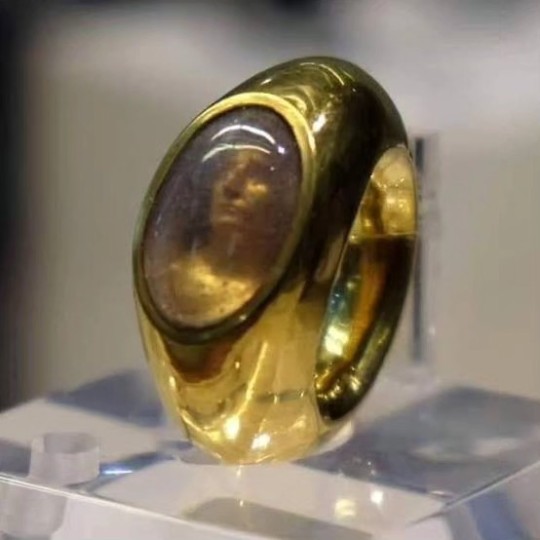
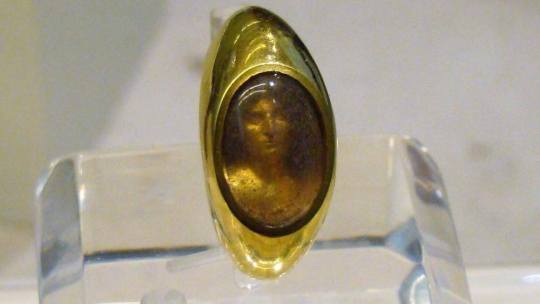
Carvilio's ring and its holographic image. Tito Carvilius Gemello's ring was found in a Flavian-Trajan tomb, known as the "Hypogeum of the Garlands." The tomb was discovered in 2000 in the Grottaferrata necropolis, near Rome. Two sarcophagi were found there; that of Titus Carvilius Gemello, who died at the age of 18, and that of his mother Aebutia Quarta, 40 years old. She was wearing this gold ring with the holographic image of her son. The ring is on display at the National Archaeological Museum in Palestrina, Italy.
#Tito Carvilio Gemello#Hipogeo de las Garlands#Grottaferrata#Aebutia Quarta#Museo Arqueológico Nacional#Palestrina#Italia#Roma#Época Flavio-trajana
1K notes
·
View notes
Text
Ripresero le occupazioni di terre in tutto il Lazio
A livello di sistema agrario, nel Lazio prevaleva il latifondo: in particolare, nella provincia di Roma era diffusa quella che Antonio Cederna definì «un’agricoltura d’attesa», cioè un uso agricolo degli appezzamenti di terra in attesa di una destinazione speculativa dell’area. Di questi latifondi era principalmente proprietaria l’aristocrazia romana: i Torlonia, gli Odescalchi, i Boncompagni, la…

View On WordPress
#1949#Albano Laziale#braccianti#carabinieri#Civitavecchia#Colonna#Confederterra#contadini#cooperative#dicembre#Genzano#Grottaferrata#Ilenia Rossini#Labico#Lanuvio#latifondi#Lazio#Marino#Montecompatri#Monteporzio#novembre#occupazione#PCI#Pisoniano#polizia#Principi#Rocca di Papa#Roma#San Cesareo#San Vito Romano
0 notes
Text
Ripresero le occupazioni di terre in tutto il Lazio
A livello di sistema agrario, nel Lazio prevaleva il latifondo: in particolare, nella provincia di Roma era diffusa quella che Antonio Cederna definì «un’agricoltura d’attesa», cioè un uso agricolo degli appezzamenti di terra in attesa di una destinazione speculativa dell’area. Di questi latifondi era principalmente proprietaria l’aristocrazia romana: i Torlonia, gli Odescalchi, i Boncompagni, la…

View On WordPress
#1949#Albano Laziale#braccianti#carabinieri#Civitavecchia#Colonna#Confederterra#contadini#cooperative#dicembre#Genzano#Grottaferrata#Ilenia Rossini#Labico#Lanuvio#latifondi#Lazio#Marino#Montecompatri#Monteporzio#novembre#occupazione#PCI#Pisoniano#polizia#Principi#Rocca di Papa#Roma#San Cesareo#San Vito Romano
0 notes
Text
Ripresero le occupazioni di terre in tutto il Lazio
A livello di sistema agrario, nel Lazio prevaleva il latifondo: in particolare, nella provincia di Roma era diffusa quella che Antonio Cederna definì «un’agricoltura d’attesa», cioè un uso agricolo degli appezzamenti di terra in attesa di una destinazione speculativa dell’area. Di questi latifondi era principalmente proprietaria l’aristocrazia romana: i Torlonia, gli Odescalchi, i Boncompagni, la…

View On WordPress
#1949#Albano Laziale#braccianti#carabinieri#Civitavecchia#Colonna#Confederterra#contadini#cooperative#dicembre#Genzano#Grottaferrata#Ilenia Rossini#Labico#Lanuvio#latifondi#Lazio#Marino#Montecompatri#Monteporzio#novembre#occupazione#PCI#Pisoniano#polizia#Principi#Rocca di Papa#Roma#San Cesareo#San Vito Romano
0 notes
Text
Ripresero le occupazioni di terre in tutto il Lazio
A livello di sistema agrario, nel Lazio prevaleva il latifondo: in particolare, nella provincia di Roma era diffusa quella che Antonio Cederna definì «un’agricoltura d’attesa», cioè un uso agricolo degli appezzamenti di terra in attesa di una destinazione speculativa dell’area. Di questi latifondi era principalmente proprietaria l’aristocrazia romana: i Torlonia, gli Odescalchi, i Boncompagni, la…

View On WordPress
#1949#Albano Laziale#braccianti#carabinieri#Civitavecchia#Colonna#Confederterra#contadini#cooperative#dicembre#Genzano#Grottaferrata#Ilenia Rossini#Labico#Lanuvio#latifondi#Lazio#Marino#Montecompatri#Monteporzio#novembre#occupazione#PCI#Pisoniano#polizia#Principi#Rocca di Papa#Roma#San Cesareo#San Vito Romano
0 notes
Text
Ripresero le occupazioni di terre in tutto il Lazio
A livello di sistema agrario, nel Lazio prevaleva il latifondo: in particolare, nella provincia di Roma era diffusa quella che Antonio Cederna definì «un’agricoltura d’attesa», cioè un uso agricolo degli appezzamenti di terra in attesa di una destinazione speculativa dell’area. Di questi latifondi era principalmente proprietaria l’aristocrazia romana: i Torlonia, gli Odescalchi, i Boncompagni, la…

View On WordPress
#1949#Albano Laziale#braccianti#carabinieri#Civitavecchia#Colonna#Confederterra#contadini#cooperative#dicembre#Genzano#Grottaferrata#Ilenia Rossini#Labico#Lanuvio#latifondi#Lazio#Marino#Montecompatri#Monteporzio#novembre#occupazione#PCI#Pisoniano#polizia#Principi#Rocca di Papa#Roma#San Cesareo#San Vito Romano
0 notes
Text
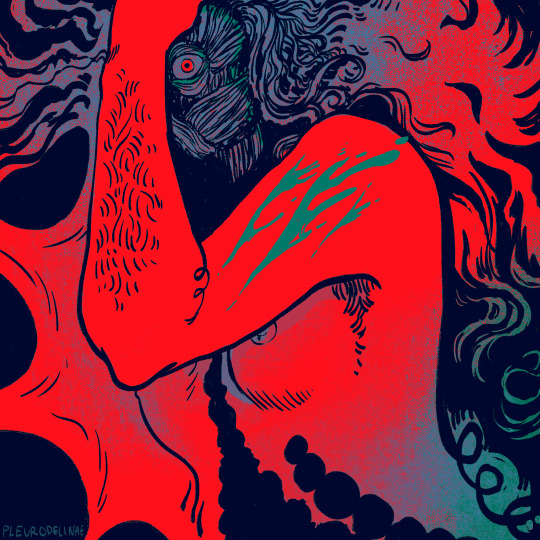


name of the rose november days 23, 24, & 25 - nightmare, triumph, & trumpets
#the name of the rose#il nome della rosa#adso of melk#william of baskerville#um.#body horror cw#nudity cw#eye strain cw#alinardo of grottaferrata#the village girl#newt art#notrvember#these little pictures are slowly getting weirder i think#top nudity cw
121 notes
·
View notes
Text
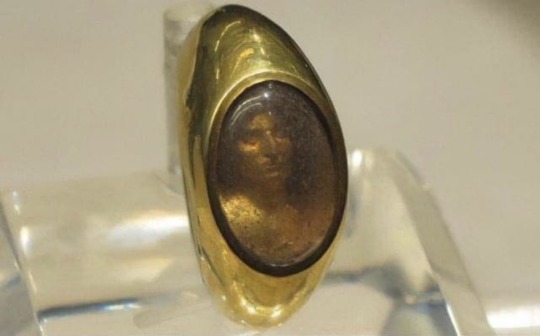
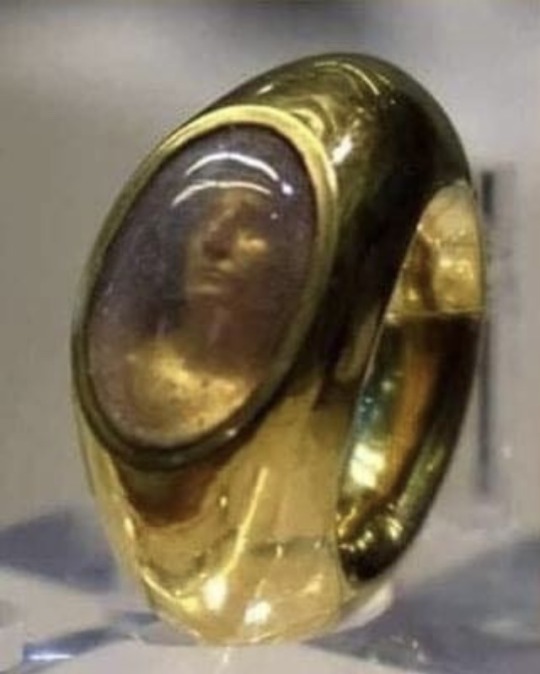
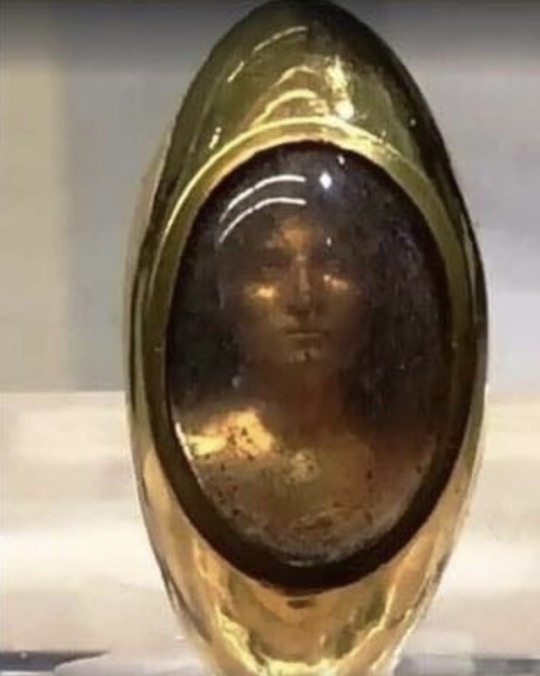
A Roman "hologram" effect ring found in the grave of 1st century AD noblewoman, Aebutia Quarta.
The ring is thought to depict her son, Titus Carvilius Gemello, who passed away at age of 18. Found at the Grottaferrata necropolis close to Rome.
8K notes
·
View notes
Text

A Roman “hologram” effect ring found in the grave of 1st century AD noblewoman, Aebutia Quarta. The ring is thought to depict her son, Titus Carvilius Gemello, who passed away at age of 18. Found at the Grottaferrata necropolis close to Rome.
👉 Read more: https://buff.ly/47Bx2fY
4K notes
·
View notes
Text

Hologram Carvilio's ring. found in Grottaferrata, southeast of Rome. Date: c. 1st century AD. The man died at the age of 18, and the ring with his image was worn by his mother on a daily basis. The object is made of gold and quartz.
Click for more
5K notes
·
View notes
Text

Holographic Ring, 1st century CE,
Tomb of Aebutia Quart, Grottaferrata necropolis, Italy,
This exquisite artifact features a rock crystal intricately carved to depict her son, Titus Carvilius Gemello. The engraving on the back of the crystal skillfully manipulates light, creating a holographic effect that makes the image appear remarkably lifelike.
Museo Archeologico Nazionale di Palestrina
#art#history#design#style#archeology#antiquity#collectors#hologram#ring#gold#artifact#italy#aebutia quart#crystal#carved#titus carvilius gemello#1st century#CE
233 notes
·
View notes
Text
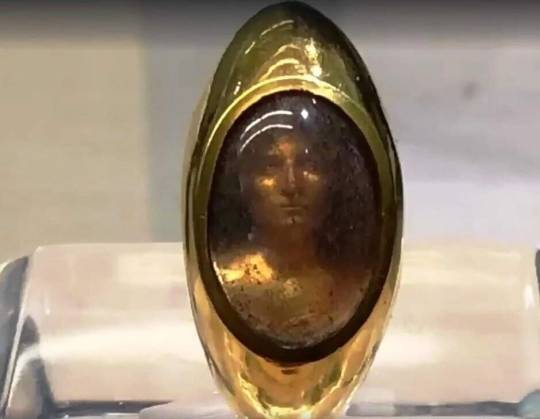
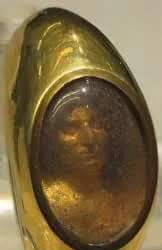
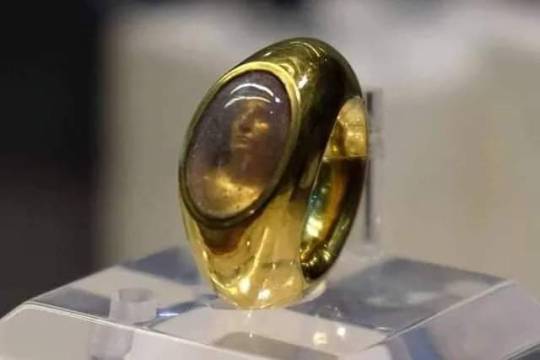
"A mindblowing 1900 year old Roman hologram effect ring.
The bust is a gold microfusion made upon a wax model, using the cera persa (lost wax) technique covered by a quartz crystal rendering the hologram effect. It shows the sophisticated craftsmanship of ancient jewellers. And also the function of jewellery as a precious keepsake.
The young man depicted in the ring is
Carvilius Gemmulus, who died at 18. His femur was fractured in 2 places, also a high percentage of arsenic was found in his hair. The ring was found in the nearby grave of his mother Aebutia Quarta who died some years later.
The luminous effect of the crystal lense gives a mysterious effect to the image of the beloved son. His mother had the ring made to keep his memory alive.
Both well-kept mummies at the Grottaferrata necropolis near Rome, were elaborately covered with garlands of flowers. He was wrapped in a shroud and completely covered with flowers. Large garlands in good condition covered the upper half of his body, one was placed around his head.
She wore a vegetal mantle made up of hundreds of garlands. On her head was placed a well-preserved wig wrapped in a net woven with fine gold thread ending in a braid.
The ring is on display at the Museo Archeologica Nazionale di Palestrina.
From: the Archeology News Network and other sources. (So if there are spelling or historical errors, they aren't mine.)
747 notes
·
View notes